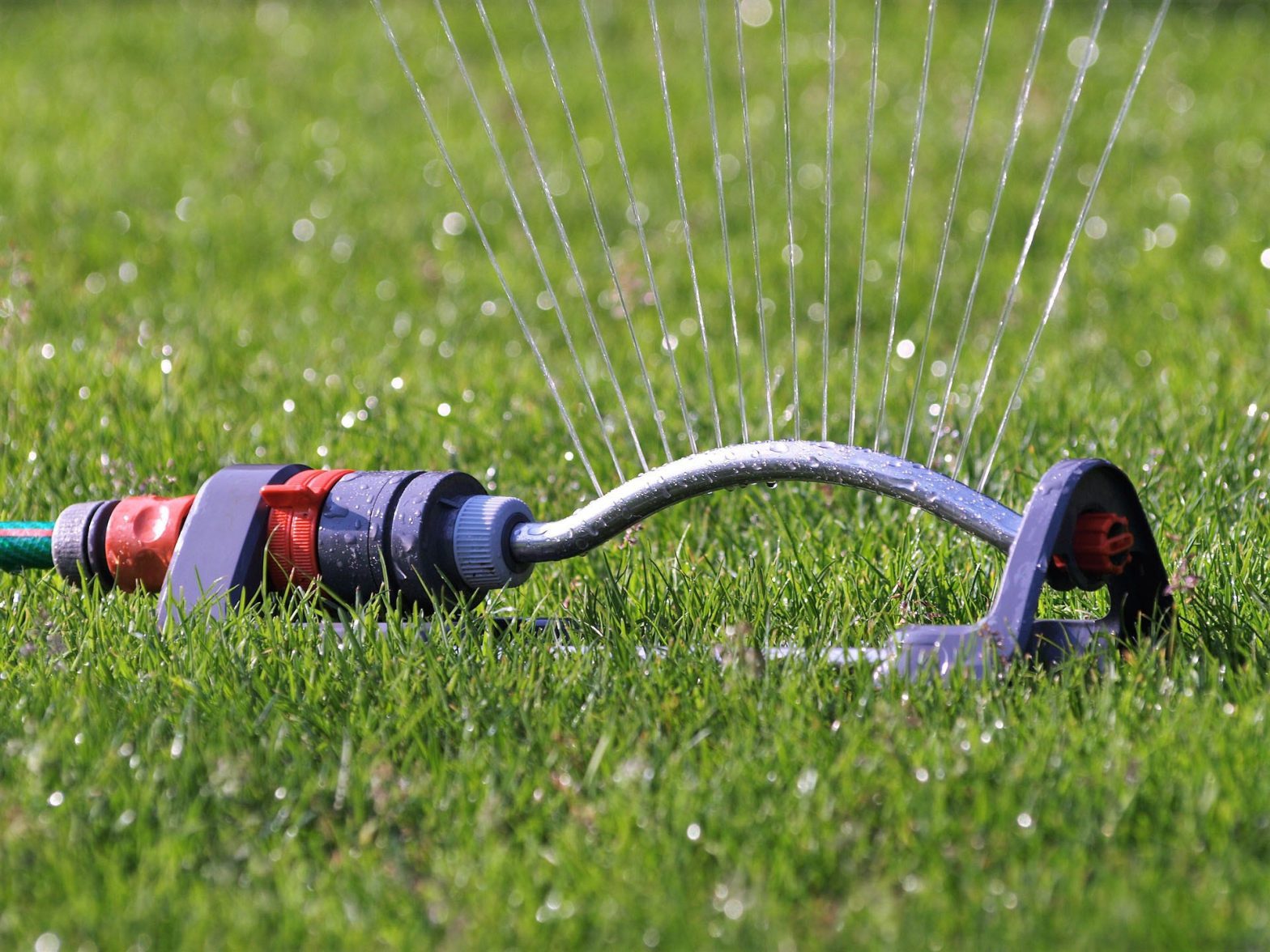![Most lawns need a half-inch to three-quarters of an inch of water within several hours to develop a strong, healthy root system. [PIXABAY]](http://127.0.0.1/wordpress/wp-content/uploads/2022/01/ghows-DA-685261d3-b637-0602-e053-0100007fa030-a3b12040.jpeg)
CRESTVIEW — Are you your lawn’s worst enemy?
Cultivating a healthy lawn in Florida is no easy task, but there are some things you may be doing that hurt more than help.
Larry Williams, an expert in residential horticulture at the University of Florida’s Institute of Food and Agricultural Sciences Extension office in Crestview, offers tips for growing and keeping healthy grass.
“There are common mistakes people make that result in the lawn either costing them more money than it should or causing the lawn to thin out and actually die,” he said.
Williams said there are five areas people need to pay attention to in order to maintain a healthy lawn: grass type, square footage, water levels, mowing height and fertilizer.
1. Grass type
“All of the lawn grasses that we grow are foreign,” Williams said. “They did not exist here. They were brought here from other countries. You’re kind of starting out with trying to grow something that’s not in their element.”
Centipede grass and St. Augustine grass are the two main types of grass used residentially in Northwest Florida. It’s important to know what type of grass you’re working with, because weed killers and herbicides do different things to different grasses. A particular weed killer can be bad for one type of grass, but perfectly fine for another.
2. Yard size
It is also important to know the size of the yard you’re working in. Most pesticides, weed killers and fungicides recommend amounts to use based on the square footage of the lawn. This means not only measuring the size of your yard, but subtracting the size of any area where grass doesn’t grow, such as pools and sheds.
Williams says people almost always use two to three times the amount of fertilizer that they need in one application. They also fertilize too early, too many times during the year and too late.
“They’re really overdoing it, and that lawn is costing them more than it should,” Williams said. “And some lawn grasses, especially centipede grass, are unforgiving. It will not forgive you if you’re slightly heavy-handed with fertilizer.”
3. Water levels
Whatever kind of grass you’re using, it needs the right amount of water to develop a strong root system.
An in-ground irrigation system can often water too frequently for too-short periods of time, leading to a weak, shallow root system, according to Williams.
Residents, he said, should measure the amount of water their yard is getting by setting out straight-sided cans, like empty tuna cans, at different points around the yard and letting them collect water for a period of time.
“In doing that, most people would find they’re not getting as uniform coverage as they thought they were,” Williams said. “You might have a can in one corner of the yard that gets a few drops of water in it, but in the middle or on the other side you have a can that’s half-full.
“What you’re really trying to find out is how long it takes to put out a half-inch to three quarters of an inch of water.”
If the amount of water your lawn is receiving within several hours is within that range, it will saturate the ground six to eight inches deep and encourage a healthy root system.
4. Mowing height
“I’ve seen people solve their entire lawn problem by raising the mowing height, not cutting the grass as low,” Williams said.
Mowing height is another situation where the type of grass matters. Centipede grass does best at a height of between 1.5 and 2.5 inches – longer is better during the hot summer months – while St. Augustine grass is better off at 3 to 4 inches.
5. Fertilizer ratios
The key to fertilizer is to get your numbers right, referring to the balance between nitrogen, phosphorus and potassium, according to Williams.
“It’s critical to use a fertilizer in a Florida lawn that has equal amounts nitrogen and potassium,” he said. “Our lawns don’t need the equivalent amount of phosphorus.”
Many people make the mistake of using too much nitrogen in relation to the potassium. Williams says this can cause the grass to “starve to death” due to a potassium deficiency. Potassium helps grass deal with stresses such as hot and cold snaps, pressure from pests and even routine foot traffic.
“Potassium is critical for the long-term health of a lawn,” Williams said. “If the lawn has adequate potassium, it can overcome and survive and do much better.
“Lawns in Florida are frustrating. Even when you’re doing everything right, you don’t have control over the weather. You don’t have control over the pests that happen to come in that year. You don’t want to add to the problem by being a pest yourself.”

This article originally appeared on Crestview News Bulletin: 5 tips for a healthier lawn this summer
